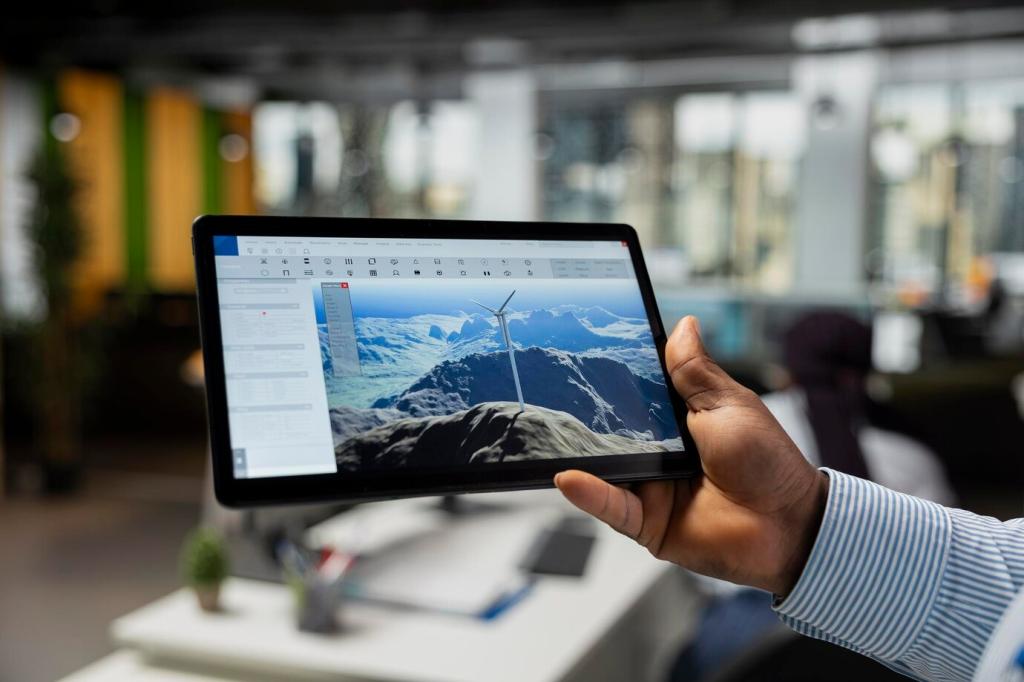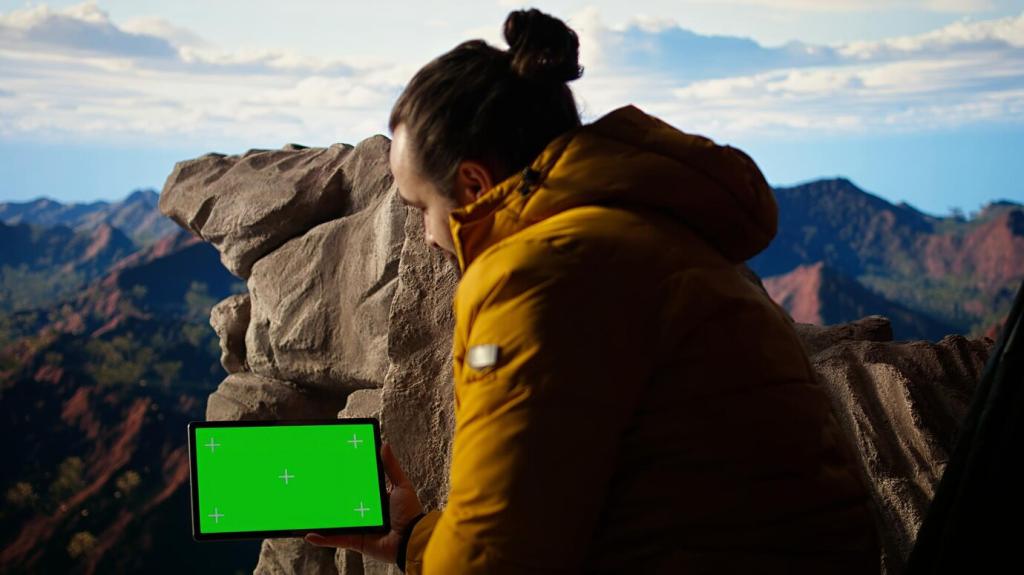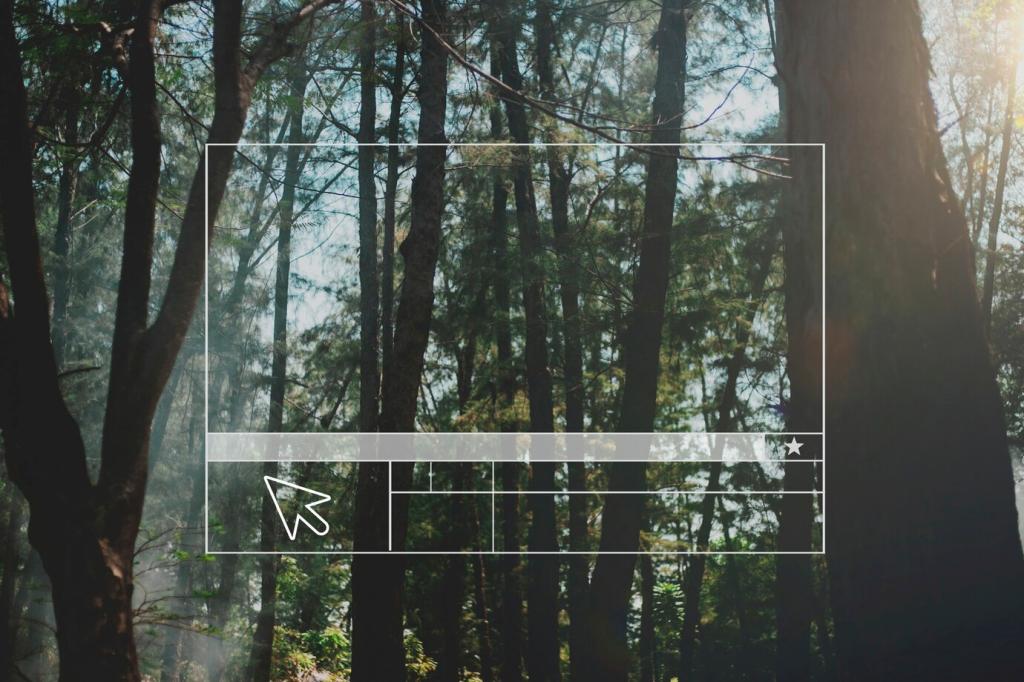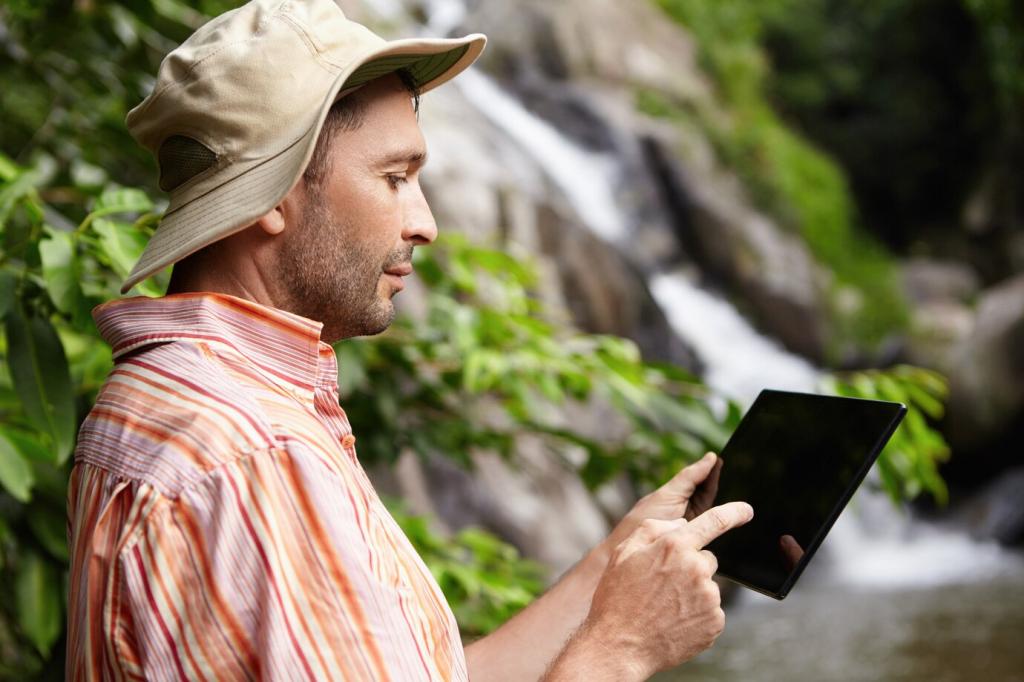Eastern Traditions: Ink, Paper, Mountain, Mind
Shanshui landscapes weave ink washes and calligraphic lines to express qi, the life force flowing through peaks and rivers. Perspective unfolds in layers like mist. Try a monochrome study; share how limiting color opened new ways to convey depth and spirit.
Eastern Traditions: Ink, Paper, Mountain, Mind
Woodblock landscapes captured transient beauty—crisp silhouettes, bold shapes, and a poetry of seasons. The graphic clarity still guides contemporary designers. Post a landscape photo and describe how you’d reduce it into three flat shapes for a print-like feel.





